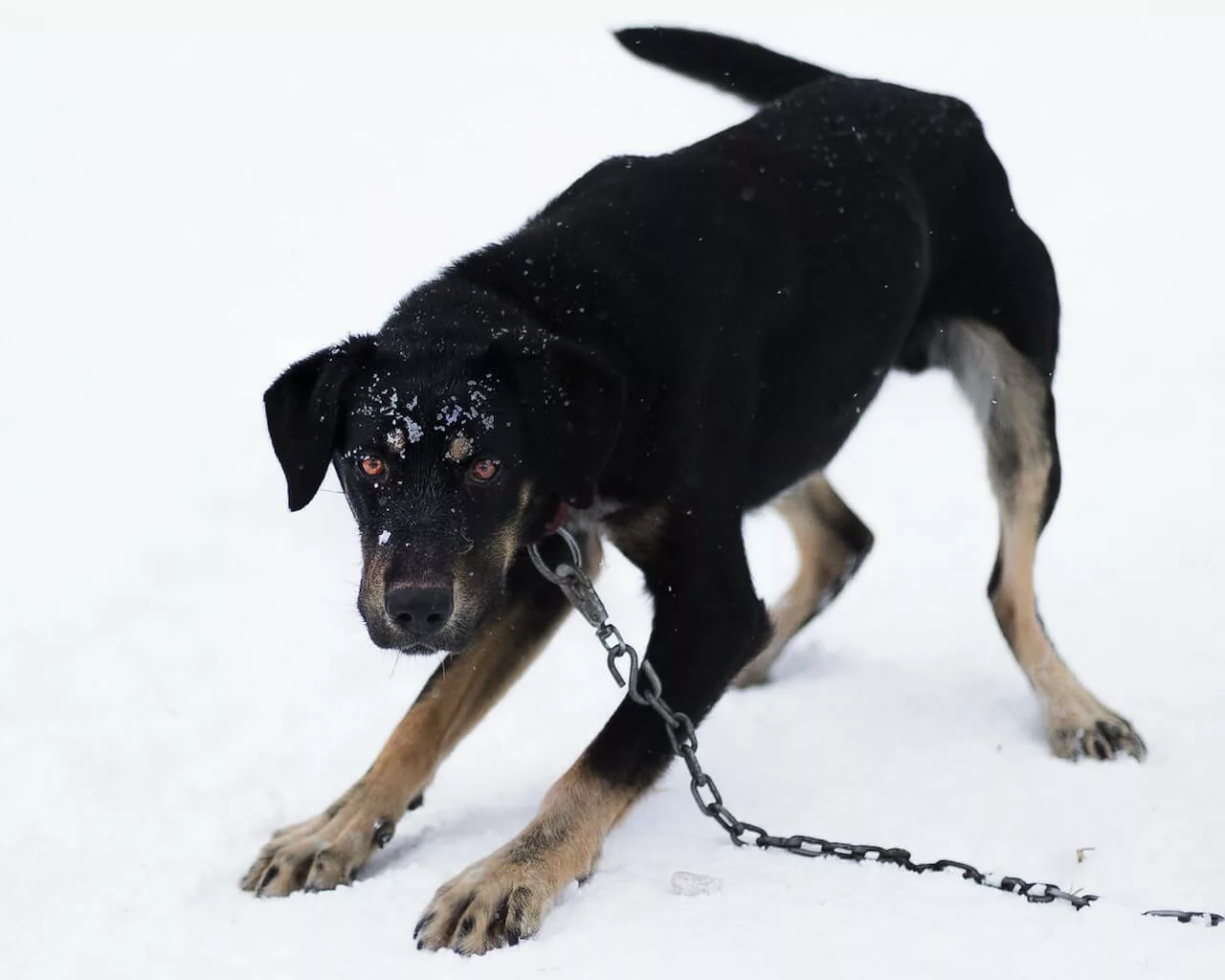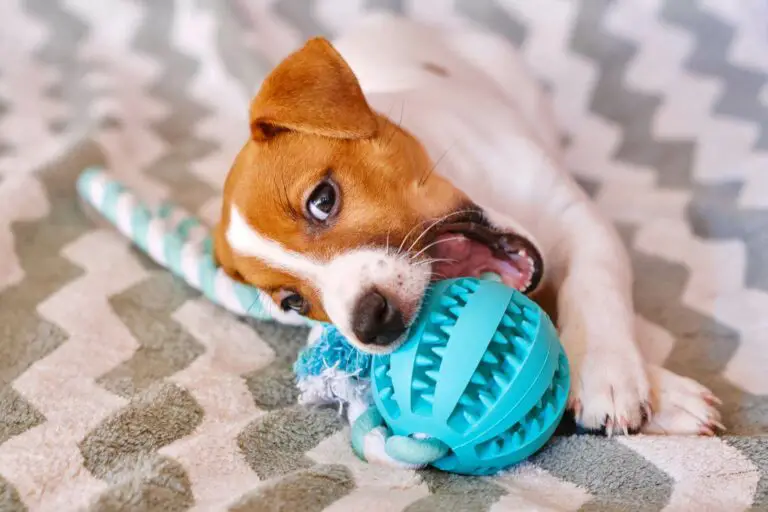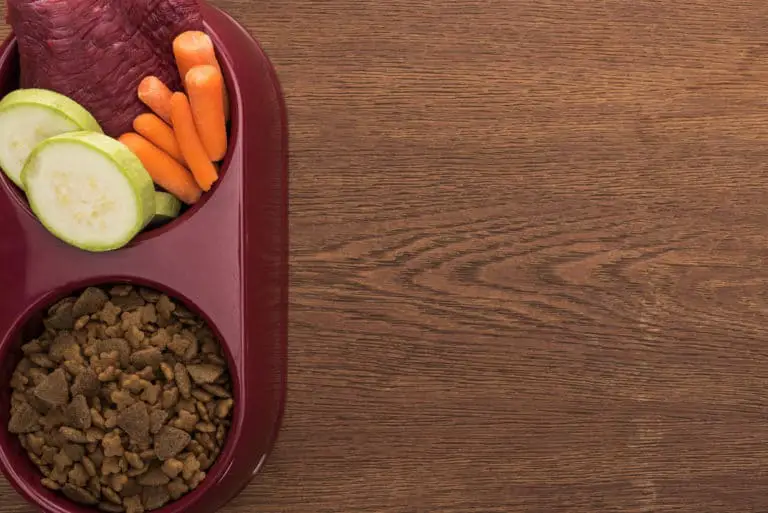Understanding Possessive Aggression in Dogs
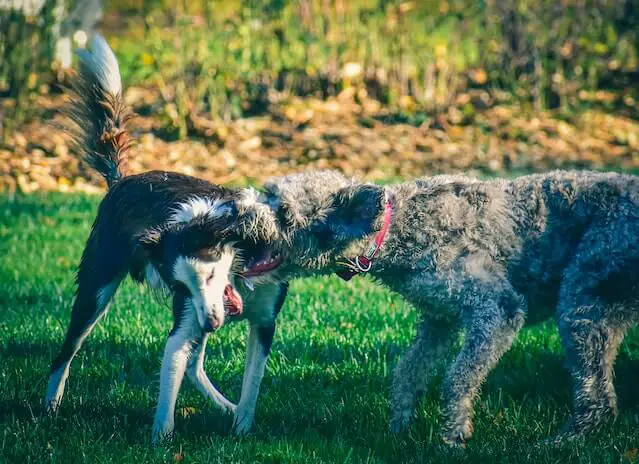
As dog owners, we all hope for a loyal, obedient, and well-mannered pet. However, sometimes our furry friends can exhibit behaviors that are challenging to understand and manage. One of these behaviors is possessive aggression.
Definition of Possessive Aggression
Possessive aggression, also known as resource guarding, is a behavior that dogs exhibit when they believe that their food, toys, or space is under threat from others. This is a natural survival instinct that can be seen in many animals, including dogs. It’s important to note that while this behavior is normal, it can escalate to problematic levels if not addressed appropriately.
This behavior can manifest in various forms, such as growling, snapping, or even biting when someone approaches the dog’s food or toy. It’s not limited to these items – some dogs may guard their favorite resting spot, a particular family member, or even an empty food bowl.
Causes of Possessive Aggression
There are several factors that contribute to possessive aggression in dogs.
Genetics: Some breeds have been selected over generations for their guarding abilities, making them more prone to this behavior.
History: Dogs that have experienced scarcity in the past, such as rescue dogs or strays, may show higher levels of possessive aggression.
Training Techniques: Certain training methods can inadvertently reinforce possessive behavior, especially those that involve taking away the dog’s possessions without providing anything in return.
It’s essential to understand these causes so that they can be addressed appropriately. For example, if a dog is showing signs of possessive aggression due to its history, it might benefit from additional reassurance and a consistent feeding schedule.
Signs of Possessive Aggression
Recognizing the signs of possessive aggression early on can prevent potentially dangerous situations. Some common signs include:
- Growling or snarling when someone approaches their food or toy
- Body stiffening or blocking access to their possession
- Snapping or biting if the perceived threat continues
For example, you might notice that your dog growls when you walk past while they’re eating. This could be an early sign of food guarding, a form of possessive aggression.
Why do Dogs Become Possessive of Their Toys?
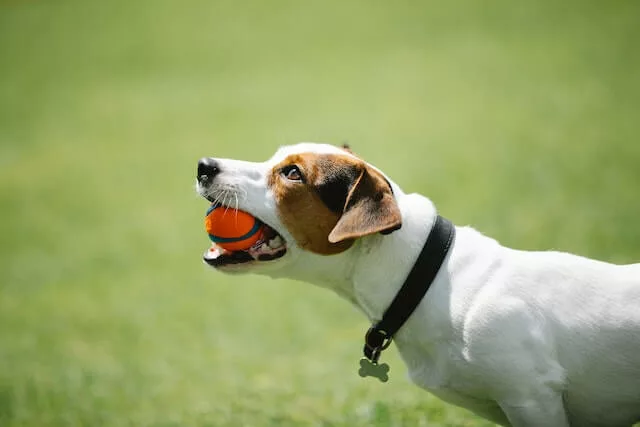
Understanding the behaviors and instincts of our furry friends is an important part of responsible pet ownership. One behavior that can often puzzle pet-parents is when dogs become possessive of their toys. We’ll delve into the reasons behind this behavior and provide some practical tips for managing it effectively.
Understanding the Reasons Behind Possessive Behavior
Possessive behavior, also known as resource guarding, is a common canine behavior where dogs protect what they consider valuable. This could include food, space, and even their favorite toys. It’s a survival instinct and not necessarily a sign of aggression or dominance.
Several factors contribute to this behavior, including their breed, past experiences, and training. Some breeds, for instance, have been selectively bred for their guarding abilities, while rescue dogs with a history of scarcity may guard their resources more intensely.
Preventing Possessiveness in Puppies
Preventing possessive behavior starts early. Here are some tips for new puppy owners:
- Early Socialization: Expose your puppy to different environments, people, and animals. This helps them understand that new experiences don’t always mean the loss of resources.
- Training: Use positive reinforcement to train your puppy commands like “drop it” or “leave it”, rewarding them when they obey.
- Proper Toy Selection: Ensure your puppy has a variety of toys. This reduces the likelihood of them becoming overly attached to a single toy.
Tips for Dealing with Possessive Behaviors in Adult Dogs
If your adult dog shows signs of possessiveness, consider these techniques:
- Counter-Conditioning: Change your dog’s emotional response towards people approaching their toys. For example, approach your dog while they’re playing with a toy, toss a treat, then walk away. Over time, they’ll associate your approach with positive experiences.
- Positive Reinforcement: Reward your dog for positive behaviors. For instance, if they willingly drop a toy on command, reward them with a treat or praise.
Managing Possessive Aggression
In cases where possessiveness escalates to aggression, it’s crucial to seek professional help. Dog behaviorists can provide personalized training plans that ensure safety while addressing the issue effectively.
How to Prevent Resource Guarding in Dogs?
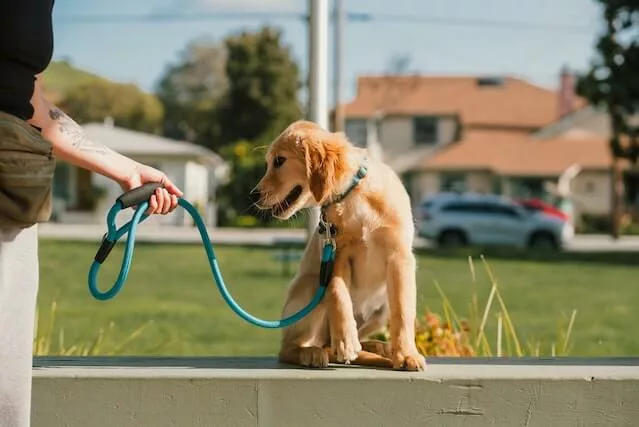
Resource guarding is a common dog behavior that can lead to challenging situations at home. It’s when dogs protect their possessions from being taken away, be it food, toys, or even a favorite spot on the couch. But fear not! With proper understanding and training techniques, you can prevent resource guarding in your furry friend.
Recognizing the Signs of Resource Guarding
Understanding the signs of resource guarding is the first step towards prevention. Typical signs include:
- Growling or snapping when someone approaches their possession
- Consuming food quickly when others are present
- Hiding or burying their toys or treats
If you notice any of these behaviors, it may indicate that your dog is beginning to guard their resources.
Creating a Positive Association with Resource Sharing
One way to prevent resource guarding is to create positive associations with sharing. Start by approaching your dog while they’re eating or playing with a toy. Speak in a cheerful voice and toss a treat their way, then walk away. Repeat this exercise regularly, and your dog will begin to associate your approach with good things, reducing their need to guard their resources.
Using Desensitization and Counter-Conditioning Techniques
Desensitization involves gradually exposing your dog to the situation that triggers their guarding behavior but at a lower intensity. For instance, if your dog guards their food, start by standing a distance away while they eat. Gradually decrease the distance over several days or weeks.
Counter-conditioning, on the other hand, involves changing your dog’s emotional response to the trigger. Instead of seeing your approach as a threat, you want them to associate it with positive outcomes.
Teaching ‘Drop It’ and ‘Leave It’ Commands
Training your dog to follow these two commands can be incredibly helpful in managing resource guarding. When your dog has something in their mouth, tell them to “drop it,” then reward them with a treat when they do. Similarly, teach them to “leave it” by holding a treat in a closed fist, saying “leave it,” and rewarding them when they stop trying to get the treat.
Seeking Professional Help for Severe Resource-Guarding Issues
If your dog’s resource guarding behavior escalates or if they become aggressive, it’s crucial to seek help from a professional dog trainer or behaviorist. They can provide personalized training plans based on your dog’s specific needs.
Can Possessive Behavior be Trained Out of a Dog?

Possessive behavior, often seen in dogs guarding their food, toys, or even people, can sometimes lead to aggressive actions. The good news is that with the right training techniques and a lot of patience, you can help your furry friend overcome this behavior. Here’s a step-by-step guide to help you through the process.
Getting Started With Training to Address Possessive Behaviors
Before starting the training, it’s crucial to understand your dog’s triggers – what items or situations cause them to become possessive? Once identified, you can gradually expose your dog to these triggers in controlled environments. Remember, safety is paramount. If your dog’s possessive behavior involves aggression, consider professional help.
Positive Reinforcement Techniques for Reducing Possessiveness
Positive reinforcement is a powerful tool in addressing possessive behavior. This involves rewarding your dog’s positive behavior, such as not reacting when you approach their toy. Rewards can include treats, praises, or petting. Over time, your dog will associate sharing their resources with positive experiences, reducing their need to guard.
Establishing Boundaries and Teaching Impulse Control
Training your dog to respect boundaries and control their impulses can significantly reduce possessive tendencies. One way to do this is by teaching commands such as “leave it” or “drop it”. Start with low-value items (ones your dog is less likely to guard) and gradually work your way up to higher-value items.
Consistency and Patience in Training
Training a dog out of possessive behavior is not an overnight process. It requires consistency and patience. Be consistent in reinforcing positive behavior and patient when progress seems slow. Remember, every dog learns at their own pace.
Working With a Dog Trainer or Behaviorist for Guidance
If your dog’s possessive behavior is severe or leads to aggression, it’s best to seek professional help. A certified dog trainer or behaviorist can provide personalized guidance based on your dog’s specific situation.
If your dog’s possessive behavior is severe or leads to aggression, it’s best to seek professional help. A certified dog trainer or behaviorist can provide personalized guidance based on your dog’s specific situation.
Why does my dog protect his toys?
Dogs may protect their toys because they are possessive of them. It is a natural behavior for dogs to guard their possessions, including toys.
How can I teach my dog not to be possessive of toys?
You can teach your dog not to be possessive of toys through proper dog training. Use positive reinforcement techniques to reward your dog for letting go of toys and sharing them with you.
What should I do if my dog shows aggression when I approach him while he has a toy?
If your dog shows aggression when you approach him while he has a toy, it is important to back off and give him space. Do not try to take the toy away forcefully as it may escalate the aggression.
Can possession aggression be directed towards other dogs?
Yes, dogs who resource guard can display possession aggression towards other dogs. This can lead to conflict and fights between dogs.
How can I prevent resource guarding from developing?
To prevent resource guarding from developing, it is important to socialize your dog from a young age and expose them to different situations, including sharing toys and food with other dogs.
Should I take toys away from my dog?
It is not recommended to take toys away from your dog forcefully if they show possessive behavior. Instead, work on teaching your dog to willingly give up toys through positive reinforcement training.
How can I safely approach my dog when he has a new toy?
When approaching your dog while he has a new toy, it is important to give him space and avoid any sudden movements. Respect his boundaries and allow him to enjoy the toy without feeling threatened.

